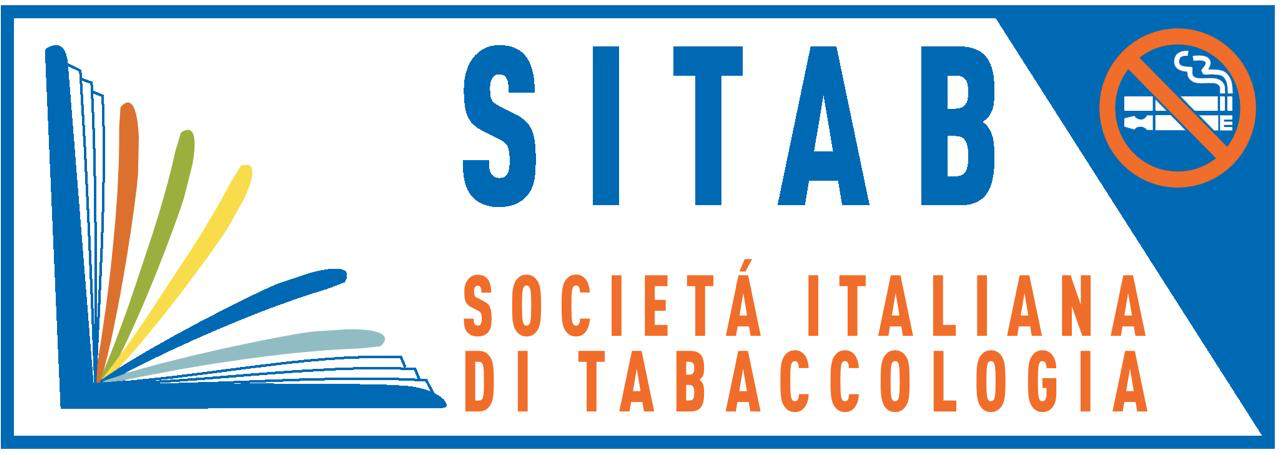Tabaccologia: my first 20 years
Article
Starting the new millennium with a scientific journal produced me enough adrenaline to have sleepless nights. It was the everyday topic that I shared pleasantly with Enzo, that is, Vincenzo Zagà, who was able to feed the ferment that stirred between my synapses. Because he was already breathing in the magazine, as the eligible editor-in-chief. The direction would have been up to me, and this aspect made me quite uneasy. I would have been more inclined to run a current affairs newspaper reporting facts about the day, rather than a scientific journal that publishes articles that would have required peer review before any publication. A domain in which triviality is not allowed. To be honest, I had not grown up in the field of research, even if I was a man of science, but I hoped for growth, and that the qualification of “scientific journal” would be deserved over time. The important thing was to give it a start. Indeed, we agreed with Enzo that Tobaccology should distinguish itself from the typical austerity of strictly scientific journals, and this made it unique. A colourful magazine, in print, which would also have topical and editorial content that would have had the task of keeping attention on the problem of problems, that “first avoidable cause of death”. I never ceased to repeat it, and I still do today, to argue that in the order of priorities in health, smoking should have occupied the very first place.
Finally, the overall vision emerged, that of a magazine of scientific information. From the title there would have been no way to misunderstand, but there was another problem to manage. That word, “Tabaccologia”, did not exist yet in the Italian language. It took ten years before Treccani included it in the vocabulary after our repeated requests to do so. Wikipedia got there first, on my own initiative. Since then, I’ve always talked about Wikipedia in flattering terms. However, the sensation that that word evoked in some made us hear repeatedly: “But are you for or against tobacco?”. The magazine would serve to understand, to aggregate, to promote, to update, to make it clear that the words on the topics of smoking and smoking-related problems would no longer fly away. They would have been imprinted in everlasting memory, as we began to talk about tobacco training or tobacco consumption related medical records. The journal was essential in defining and disseminating new terminologies, giving them the necessary credit, across all scientific disciplines. The transversality was ensured.
As the magazine matured in our thoughts we moved on to facts. The costs of printing and distribution would have been high for a small group of professionals with clear ideas; therefore, it was preferred to do the work at home, recalling the “self-styled” of the 1960s. Enzo was able to make contacts in Bologna with graphic designers and print shops that allowed the first draft of the launch to be printed, putting on the cover the magnificent face of actress Clarissa Burt with whom I had already made contact and whom she had offered herself as a testimonial. It was also an excellent way to get attention. The magazine attracted according to the canons of a certain communication, where there was no difference between criticism and enthusiasm, because basically it aroused the necessary attention.
The actual launch took place on television, at La7 channel, in the very popular talk show Otto e mezzo with Giuliano Ferrara and Luca Sofri. They solicited a heated debate that I recount in great detail in my book The reasons for the thread [1]. I managed quite well since Ferrara complimented me and accompanied me to the taxi. But the most important thing was that the first issue of Tobaccology was shown on screen several times [2].
The magazine was immediately the bond between those who joined the scientific society, contributing to incite discussions and participations, by sending original works and letters to the editor, avoiding showing concerns about the capacity to cope with expenses, which many times were presented to me, since a contribution was expected to be able to print a few copies and send them to the receivers. However, Enzo’s optimism smashed them. Thanks to that optimism we have never stopped.
References
- Mangiaracina G. Le ragioni del filo. L’Erudita: Roma; 2018.
- Agenzia Nazionale per la Prevenzione - Gea. Documento: dibattito a “Otto e Mezzo”. 2000. Publisher Full Text
Affiliazioni
Licenza

Questo lavoro è fornito con la licenza Creative Commons Attribuzione - Non commerciale - Non opere derivate 4.0 Internazionale.
Copyright
© SITAB , 2022
- Abstract visualizzazioni - 224 volte
- PDF downloaded - 67 volte
